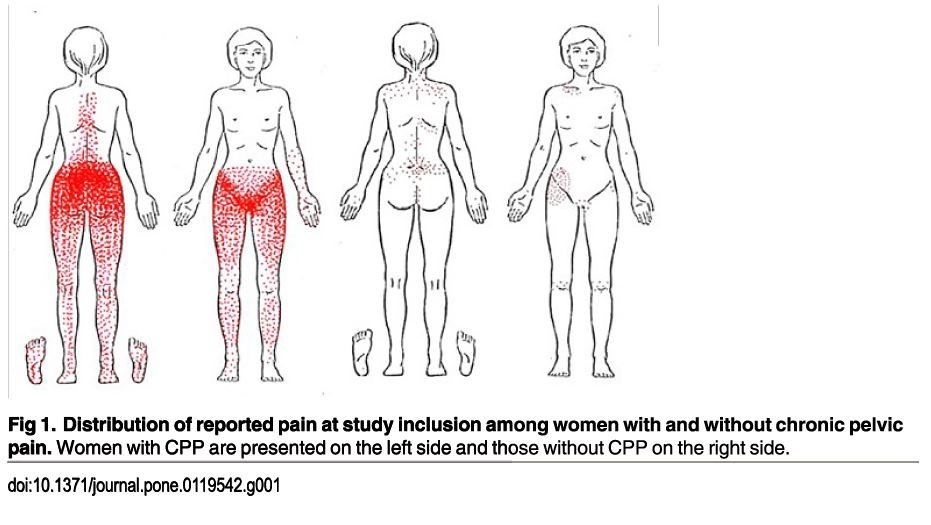Pelvic health is an often-overlooked but incredibly important aspect of women's overall well-being. The pelvis is a central part of the body, supporting critical functions such as reproduction, urinary control, and even posture. However, pelvic health issues—ranging from incontinence and pelvic pain to prolapse and sexual dysfunction—are common, yet many women may feel embarrassed to discuss them. The truth is, pelvic health plays a vital role in a woman’s quality of life at every stage, from adolescence through menopause and beyond. This blog is the first in a series of blogs focused on common women’s pelvic health conditions.
Common women’s pelvic health conditions include:
- Pelvic floor dysfunctions (see below)
- Urinary incontinence
- Pelvic Organ prolapse
- Pelvic pain
- Coccyx Pain
- Endometriosis
First, let’s talk about the pelvic floor, everyone has one and we have all heard about doing our kegels to build a strong pelvic floor but what actually is it? The pelvic floor is a group of muscles, ligaments, and tissues that form a "hammock" or "bowl" at the base of your pelvis. These muscles play a crucial role in supporting the organs in your pelvic region, sexual health, urinary and bowel function, lymphatic drainage and breathing. Pelvic floor dysfunctions are a lot more common than you would think and it isn’t just something that occurs after giving birth. The following is a list of signs and symptoms of pelvic floor dysfunction.
Symptoms and Signs of pelvic floor dysfunction:
- Painful intercourse or decreased sensation
- Constipation
- Recurring/persistent lower back pain
- Bladder leakage
- Urinary urgency and increased frequency
- UTI or Thrush sensation (with negative culture)
- Coccyx pain
- Vulva pain
- Pelvic pain

What to expect when you see a women’s pelvic health osteopath?
- Detailed case history which will involve discussing your concerns, go into the history of those concerns as well as a detailed medical history so that we can build a global view on your overall health.
- Assessment: the assessment during a pelvic health appointment can be head to toe. We will look at a variety of different things including postures, mobility, strength, balance, breathing etc. The assessment can also include an internal assessment of the pelvic floor if it is indicated, this is something that can be discussed in great detail to ensure you know what will happen and make sure you are comfortable during the entire assessment. An internal exam is only performed if you feel comfortable with having it done and often, our osteo Bel will wait till the second appointment to ensure you have time to think about it.
- Treatment: Once we are done with the assessment, hands on treatment will occur and varies depending on what is found during the assessment. It may involve soft tissue massage, articulation, manipulation, counterstrain, myofascial release and sometimes dry needling. Treatment for the pelvic floor can also be done internally depending on the results of the assessment and with your consent.
- Rehab/homework: You will also receive a range of stretches and exercises tailored to your specific concern depending on the findings throughout your session.
If this is something you have been struggling with, feel free to get in contact to see how we can help!

